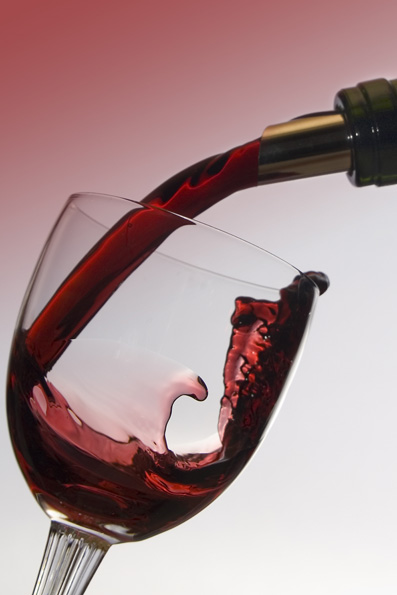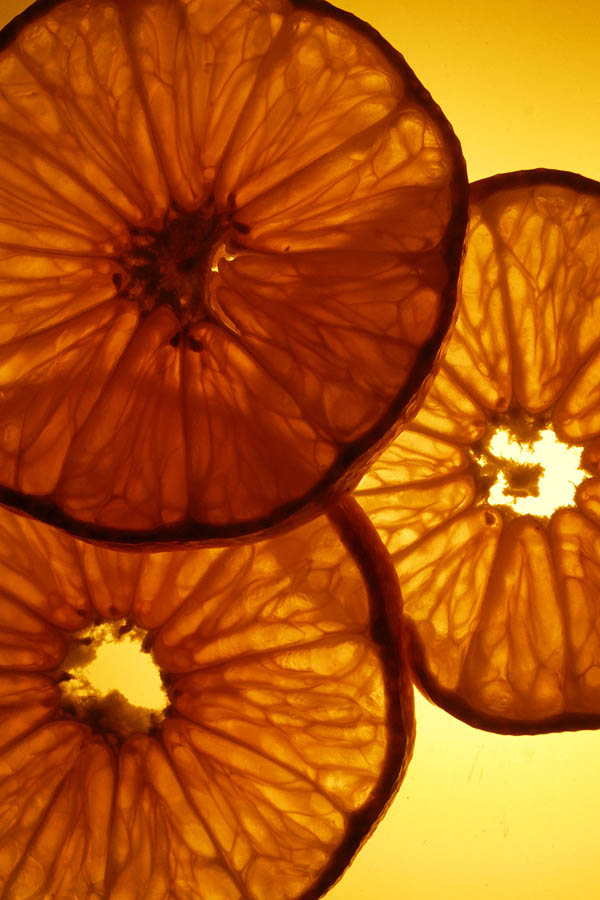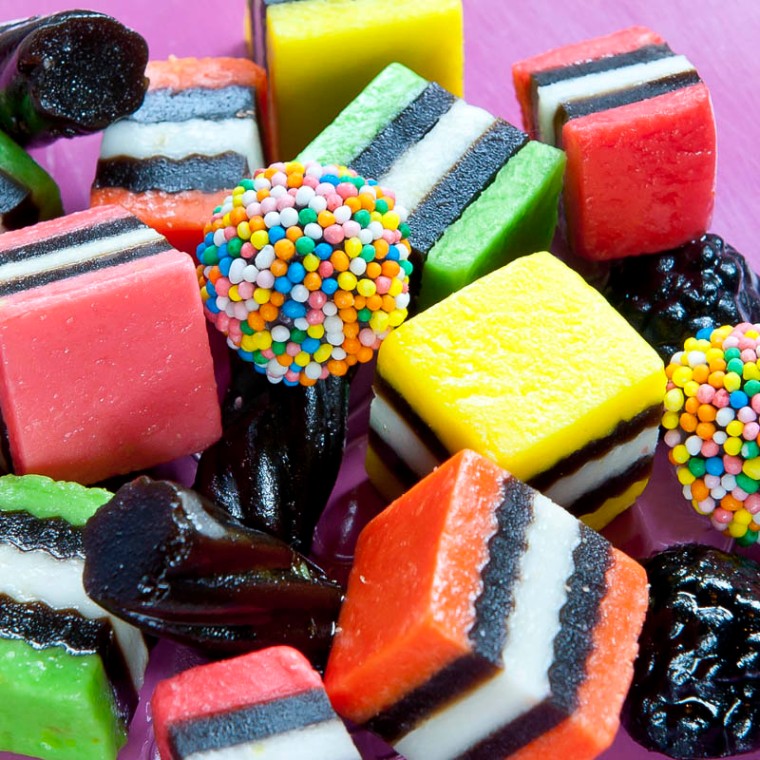Ditching the drinks during Dry July
It’s the start of the month of July. For many in the southern hemisphere that means lots of snow, thermal undies, down jackets and snuggling up to a fire with a glass of fine red wine, while our northern hemisphere friends undoubtably think about beaches, sunblock, ice cream and a frosty lager.
An alternative approach to the month, however, is as a great detox opportunity – this month is also known (in New Zealand, at least) as Dry July, a challenge to go without alcohol for the whole month. To quote the Dry July website, “Dry July is a non-profit organisation determined to improve the lives of adults living with cancer through an online social community giving up booze for the month of July.”
Those who take up the challenge are known as DJ’s, or Dry-Julyers. You can either do it on your own as a personal challenge, or formally sign up and have a go at raising funds for the Dry July charity, thereby potentially helping those living with cancer towards an improved quality of life.

(© All Rights Reserved)
Dry July started in 2008 as a challenge among friends, but even in its first year close to a thousand people participated and more than $ 250 000 was fundraised. The initiative has gone from strength to strength, and to date more than $ 11 million has been raised.
Even if you only enjoy the occasional social tipple, giving up for a month is not easy – there are always special occasions, social events, parties and more where we typically enjoy a beer or a glass of wine. It’s all about self-discipline, for your own health and wellbeing, and to support a good cause. Not to mention the amount of money you can save by ditching the drink for a month!
So, cheers to a Dry July. I see lots of water, fruit juice, coffee and tea in my immediate future!








